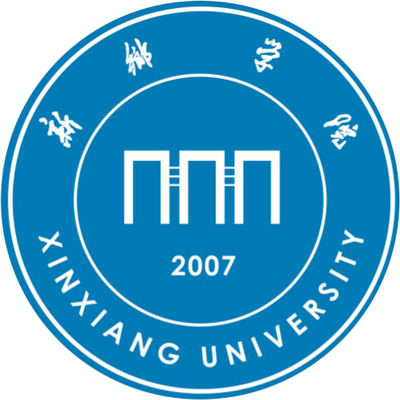详细信息
Cobalt-phosphate modified Fe-Zn0.2Cd0.8S/CuSbS2 heterojunction photoanode with multiple synergistic effect for enhancing photoelectrochemical water splitting ( EI收录)
文献类型:期刊文献
英文题名:Cobalt-phosphate modified Fe-Zn0.2Cd0.8S/CuSbS2 heterojunction photoanode with multiple synergistic effect for enhancing photoelectrochemical water splitting
作者:Wu, Peidong[1]; Liu, Zhifeng[1]; Ruan, Mengnan[1]; Guo, Zhengang[1]; Zhao, Lei[2]
第一作者:Wu, Peidong
通讯作者:Liu, Zhifeng
机构:[1] School of Materials Science and Engineering, Tianjin Chengjian University, Tianjin, 300384, China; [2] School of Civil Engineering and Architecture, Xinxiang University, Xinxiang, 453003, China
第一机构:School of Materials Science and Engineering, Tianjin Chengjian University, Tianjin, 300384, China
通讯机构:[1]School of Materials Science and Engineering, Tianjin Chengjian University, Tianjin, 300384, China
年份:2019
卷号:476
起止页码:716-723
外文期刊名:Applied Surface Science
收录:EI(收录号:20190506434961);Scopus(收录号:2-s2.0-85060450322)
语种:英文
外文关键词:Metal ions - Light - Optical properties - Image enhancement - Electrochemical deposition - Metals - Reduction - Semiconductor alloys - Corrosion resistance - Photocurrents - Cobalt compounds - Efficiency - Heterojunctions - Sulfur compounds
摘要:Carrier separation efficiency and visible light response range were key factors limiting the development of photoelectrochemical (PEC) water splitting. In this paper, multiple synergistic mechanisms of metal ion doping-heterojunctions and heterojunction-cocatalysts were proposed to broaden the visible light response range and improve carrier separation efficiency. The Fe-Zn0.2Cd0.8S/CuSbS2/Co-Pi was firstly synthesized by hydrothermal and electrochemical deposition, to study the multiple synergistic effects of the composite. Compared with the initial Zn0.2Cd0.8S (2.83 eV), the optical band gap of Fe-Zn0.2Cd0.8S/CuSbS2 was 2.44 eV, which was due to the synergistic effect of ion doping and heterojunction to improve its optical properties. The photocurrents of the ion doping and the heterojunction used alone were 0.24 mA/cm2 and 0.27 mA/cm2 at 0.9 V vs. RHE, respectively, and the photocurrent using the synergistic effect of the ion doping and the heterojunction was 0.31 mA/cm2 at 0.9 V vs. RHE. On the basis of this, the synergistic effect of the heterojunction-cocatalysts made the photocurrent 0.35 mA/cm2 at 0.9 V vs. RHE, which was 1.75 times of the initial Zn0.2Cd0.8S. Fe-Zn0.2Cd0.8S/CuSbS2/Co-Pi had the best photo-corrosion resistance, which was corroded to 94% at 6000 s, compared to Fe-Zn0.2Cd0.8S/CuSbS2 (85%) and Zn0.2Cd0.8S (78%). This multiple synergistic design not only enhances the PEC properties of Zn0.2Cd0.8S, but also expands the approach of constructing the ternary sulfide photoanode. ? 2019 Elsevier B.V.
参考文献:
![]() 正在载入数据...
正在载入数据...


